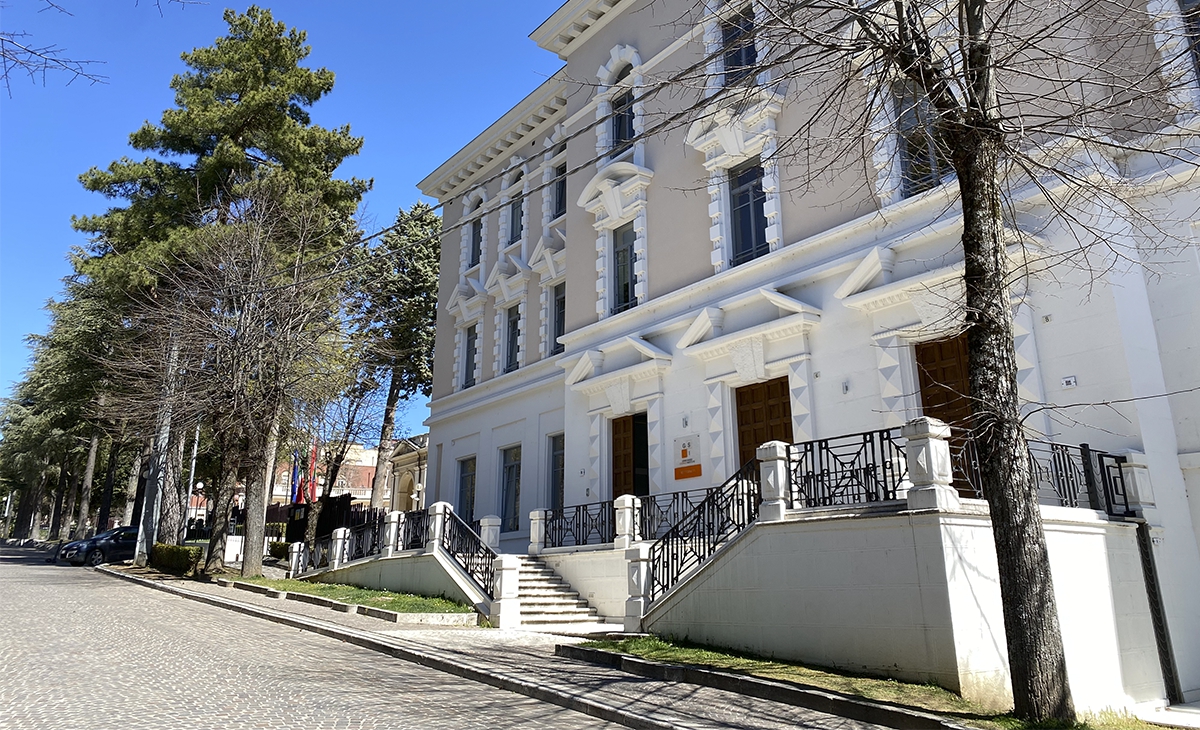
WP2 Digital platforms for Space industry
WP2 aims at the realization of shared digital platforms to support innovation in research institutions and industrial supply chains operating in the space sector.
As already pioneered in the automotive sector, the factory of the future will be digitally enabled, from the early stages of engineering to production, and will benefit from digital continuity between the various elements of the supply chain. All production equipment will be connected to a centralized system for data storage and management.
The real-time processing of these data will allow the monitoring of the production process according to the logic of the Digital Twin. The virtualization and modeling of production processes will allow an optimization of the planning, reducing the lead times and the necessary stack in the various phases. WP2 will implement this new paradigm, and will include a case study connected with the development of the Crystal Eye satellite covered in WP1, allowing the development scientific satellite to be fully compatible with new industry approaches of software defined satellites.
In the Crystal Eye satellite, we aim at making use of AI techniques in the on-board software. Thus, WP2 will also investigate new techniques for guaranteeing the trustworthiness of smart and autonomous systems to guarantee that the behavior of these systems will not violate safety requirements and will reach the expected quality.
The trustworthiness problem is exacerbated by the adoption of AI techniques. The use of AI techniques in the on-board software requires also to investigate innovative software architecture and software platform enabling the use of AI on board and, in general, addressing the needs of new space applications. WP2 is structured in three tasks that cover the digitalization of productive process, onboard SW platform, and trustworthiness and explainability of AI applications, and onboard SW platform.
To ensure long term sustainability, TAS-Italia will connect its own R&D laboratories with those used by the spoke’s activities, integrating tools and processes, possibly leading to the actual creation of an Open Concurrent Engineering Facility available also to SMEs.
-
Length35 months
-
LaunchJanuary 2023
-
DeadlineDecember 2025
-
Structured personnel76
-
Recruited researchers3
-
StatusNearing completion
-
Upcoming expected deadlineFinal version of V&V techniques for smart systems, final version of AI software for space, and final validation with the Crystal Eye satellite (December 2025)
Entities participating in the activities
Financial resources 3.1 Million euro
| Faculty and researchers involved in project activities | 1,679,826.52 € |
| Calls for researchers, post-docs, and technologists | 500,000.00 € |
| Equipment | 686,021.51 € |
| Buildings/land | 0.00 € |
| Calls for companies | 0.00 € |
| Consultancies | 0.00 € |
| Indirect costs | 251,973.98 € |
Task 3
The work package consists of the following tasks listed.
| Task | Foreseen deadline |
|---|---|
| WP2.A Automatic tuning, analysis, and optimization of systems using digital twins Nearing completion | 12/2025 |
| WP2.B Trustworthiness of smart and autonomous systems Nearing completion | 12/2025 |
| WP2.C Onboard SW platform for New Space Applications Nearing completion | 12/2025 |
Expected impact
- New tools, techniques, software and platforms developed
- Human resources from industry and research institutions trained on-the-job through joint projects
- Highly qualified human resources and PhD students attracted, especially from other EU and non-EU countries

The Latest Updates on Astra's Progress





